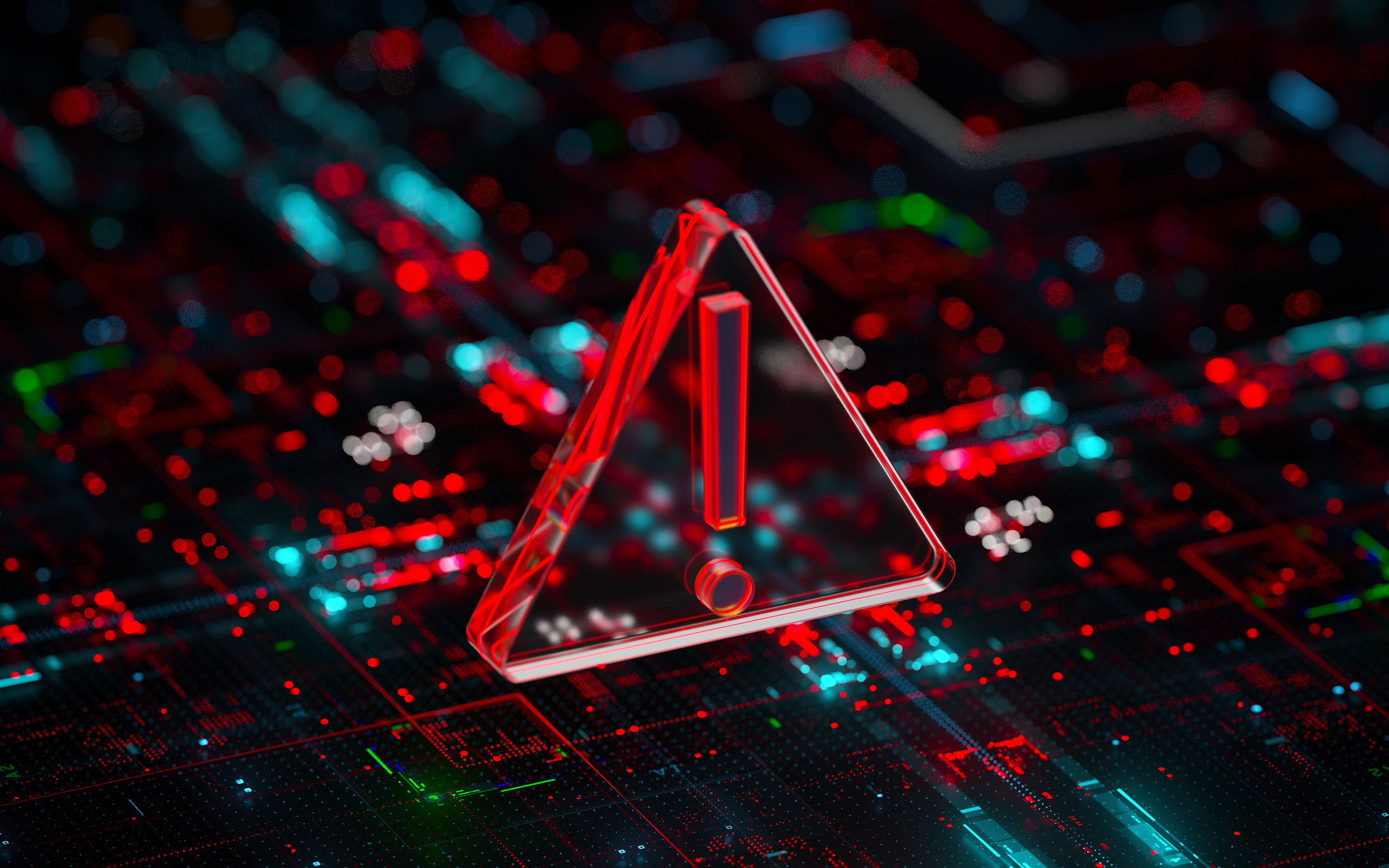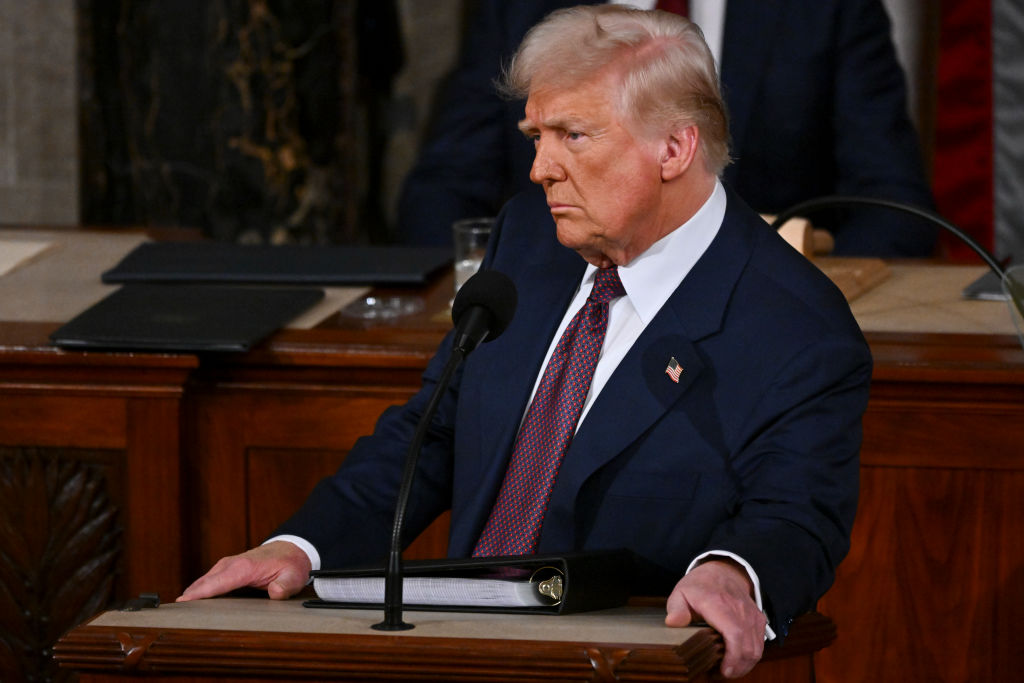The GOP Field of Presidential Candidates Is Shrinking Fast: The Kiplinger Letter
Only five GOP candidates remain in the fight for the White House, as those struggling in the polls put their campaigns on hold.

To help you understand what is going on in the Republican Party’s 2024 presidential primaries and what we expect to happen in the future, our highly experienced Kiplinger Letter team will keep you abreast of the latest developments and forecasts (Get a free issue of The Kiplinger Letter or subscribe). You'll get all the latest news first by subscribing, but we will publish many (but not all) of the forecasts a few days afterward online. Here’s the latest…
A key difference between the 2024 Republican primaries versus 2016 is that the GOP field is narrowing rapidly, with a mere five candidates still in the running, as those struggling in the polls put their campaigns on hold. By contrast, a dozen Republicans participated in the Iowa caucuses in 2016. Voters are now more likely to unite around an alternative to Donald Trump, who succeeded in 2016 in part because opposition to him remained splintered among several candidates.
The leading contenders to play alternative to Trump this year are Florida Governor Ron DeSantis, who has struggled on the campaign trail in recent months and is pinning his hopes on a good showing in the Iowa caucuses, and former South Carolina Governor Nikki Haley, who has ascended as DeSantis has fallen. Also in the mix are entrepreneur Vivek Ramaswamy and ex-New Jersey Governor Chris Christie.
But Trump is even more dominant now than he was eight years ago. Polls now show him pulling 61% of the GOP vote, on average, nearly 48 points higher than second-place DeSantis. To beat Trump, another Republican would need to score a crucial victory in either Iowa or New Hampshire and keep that momentum going.
From just $107.88 $24.99 for Kiplinger Personal Finance
Become a smarter, better informed investor. Subscribe from just $107.88 $24.99, plus get up to 4 Special Issues

Sign up for Kiplinger’s Free Newsletters
Profit and prosper with the best of expert advice on investing, taxes, retirement, personal finance and more - straight to your e-mail.
Profit and prosper with the best of expert advice - straight to your e-mail.
This forecast first appeared in The Kiplinger Letter, which has been running since 1923 and is a collection of concise weekly forecasts on business and economic trends, as well as what to expect from Washington, to help you understand what’s coming up to make the most of your investments and your money. Subscribe to The Kiplinger Letter.
Related Content
Profit and prosper with the best of Kiplinger's advice on investing, taxes, retirement, personal finance and much more. Delivered daily. Enter your email in the box and click Sign Me Up.

-
 Original Medicare vs Medicare Advantage Quiz: Which is Right for You?
Original Medicare vs Medicare Advantage Quiz: Which is Right for You?Quiz Take this quick quiz to discover your "Medicare Personality Type" and learn whether you are a Traditionalist, or a Bundler.
-
 Ask the Editor: Capital Gains and Tax Planning
Ask the Editor: Capital Gains and Tax PlanningAsk the Editor In this week's Ask the Editor Q&A, Joy Taylor answers questions on capital gains tax rates and end-of-year tax planning
-
 Time Is Running Out to Make the Best Tax Moves for 2025
Time Is Running Out to Make the Best Tax Moves for 2025Don't wait until January — investors, including those with a high net worth, can snag big tax savings for 2025 (and 2026) with these strategies.
-
 Are New Trump $2,000 Stimulus Payments Coming in 2026? What to Know Now
Are New Trump $2,000 Stimulus Payments Coming in 2026? What to Know NowTax Policy A promise of $2,000 tariff dividend checks is raising questions and fueling confusion.
-
 What Services Are Open During the Government Shutdown?
What Services Are Open During the Government Shutdown?The Kiplinger Letter As the shutdown drags on, many basic federal services will increasingly be affected.
-
 Banks Are Sounding the Alarm About Stablecoins
Banks Are Sounding the Alarm About StablecoinsThe Kiplinger Letter The banking industry says stablecoins could have a negative impact on lending.
-
 Trump's Economic Intervention
Trump's Economic InterventionThe Kiplinger Letter What to Make of Washington's Increasingly Hands-On Approach to Big Business
-
 What is AI Worth to the Economy?
What is AI Worth to the Economy?The Letter Spending on AI is already boosting GDP, but will the massive outlays being poured into the technology deliver faster economic growth in the long run?
-
 More Shutdown Struggles Ahead for Divided Congress
More Shutdown Struggles Ahead for Divided CongressThe Kiplinger Letter Failure to pass a government funding bill by September 30 would trigger a shutdown of many federal services.
-
 Trump-Era Regulations Will Broaden Access to Crypto
Trump-Era Regulations Will Broaden Access to CryptoThe Kiplinger Letter The president wants to make the U.S. the leader in digital assets.
-
 Japan Tariffs: 5 Things That Might Get More Expensive for You
Japan Tariffs: 5 Things That Might Get More Expensive for YouPresident Donald Trump's trade agreement with Japan features a 15% reciprocal tariff for all imported products, which could impact the prices of these items when you shop.